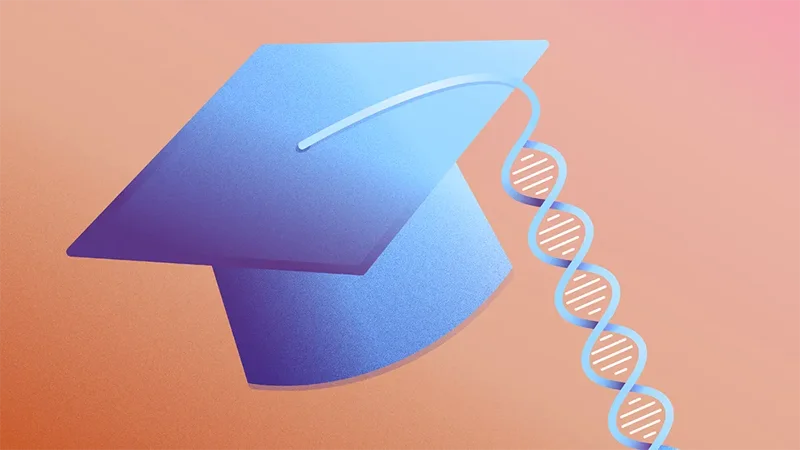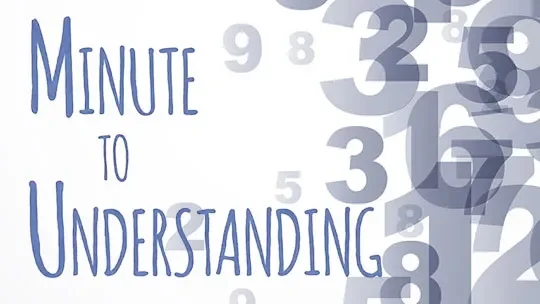Whether you're just beginning your journey or deepening your expertise, JAX offers flexible, high-quality educational content for learners at every stage, from high school and college students to graduate trainees, postdocs and healthcare professionals.
Choose from a variety of formats, including short online modules, recorded webinars and bite-sized videos.
Start learning from wherever you are — on your schedule, at your pace.

Self-paced online learning from the genetics and genomics experts at The Jackson Laboratory, designed for graduate students, postdocs, research assistants, early career scientists, lab technicians and more.
Learn more
Free 15–30 minute modules for healthcare providers and trainees to practice identifying appropriate patients for genetic or genomic testing, assessing risk, interpreting results for clinical decisions, and communicating genomic information effectively with patients.

Explore bite-sized science with Minute to Understanding. Quick, easy-to-remember videos simplify complex scientific terms and breakthroughs. Perfect for staying informed on the latest advancements.
Learn moreExplore our resource hub including on-demand videos, case studies, and blog articles.
Formerly MiceTech Talk, ask our JAX TIS team about your in vivo services and mouse-related research questions during these live events.